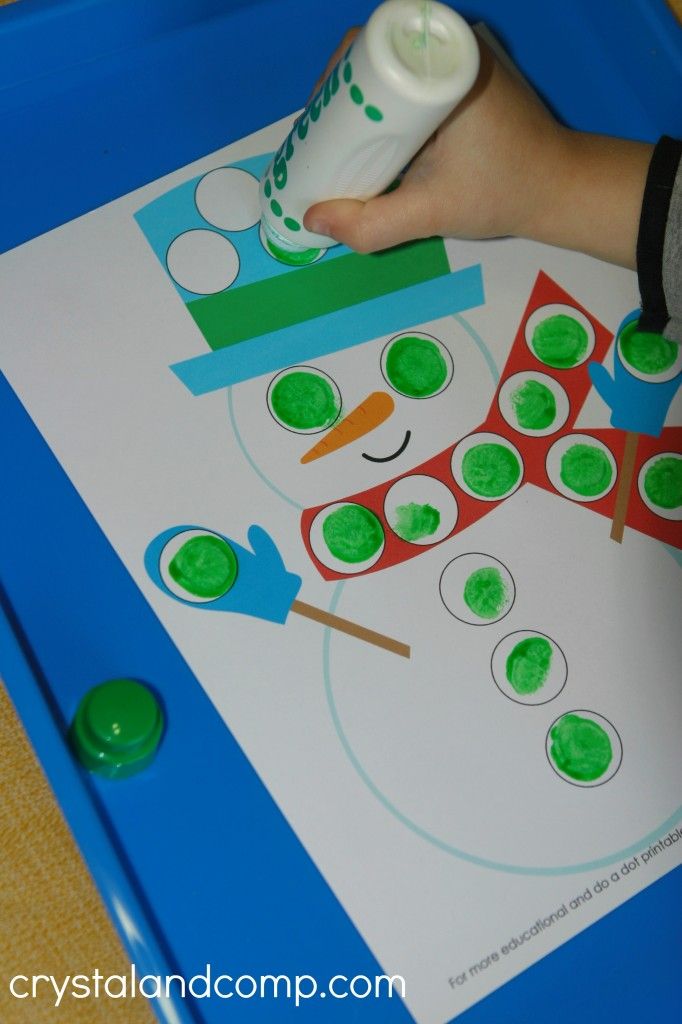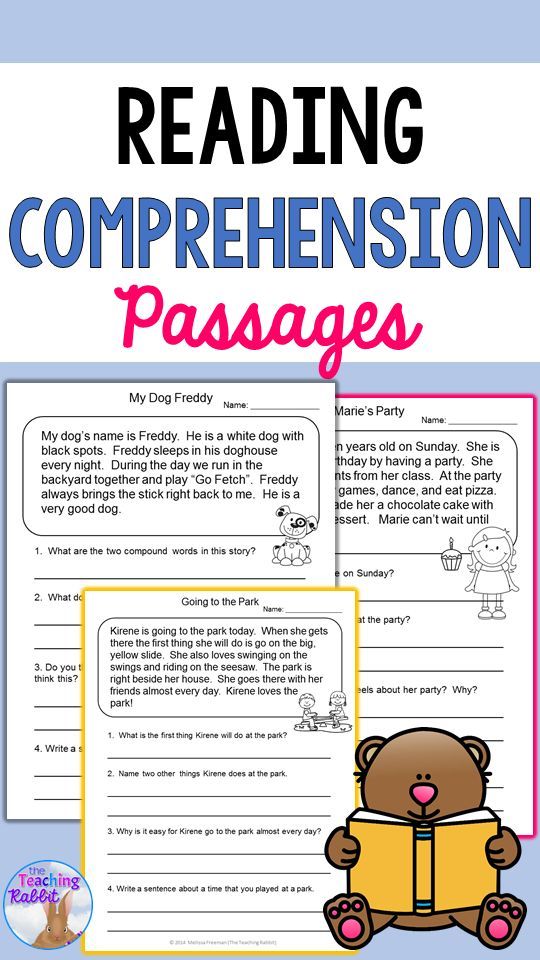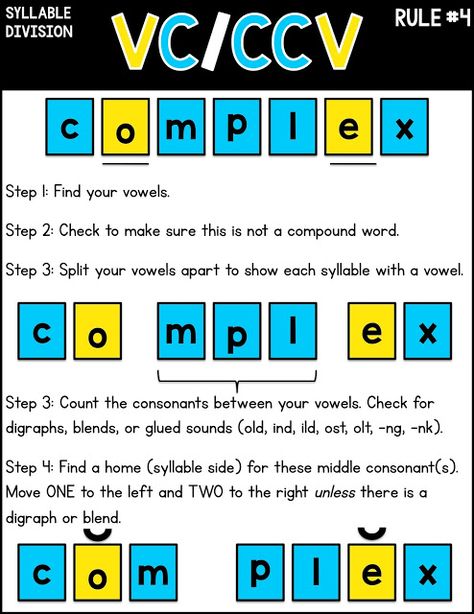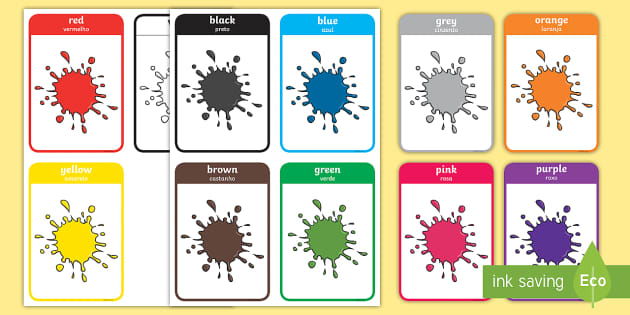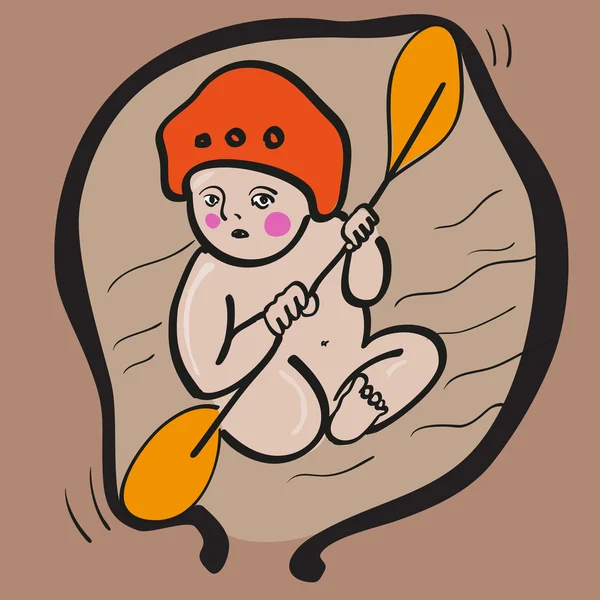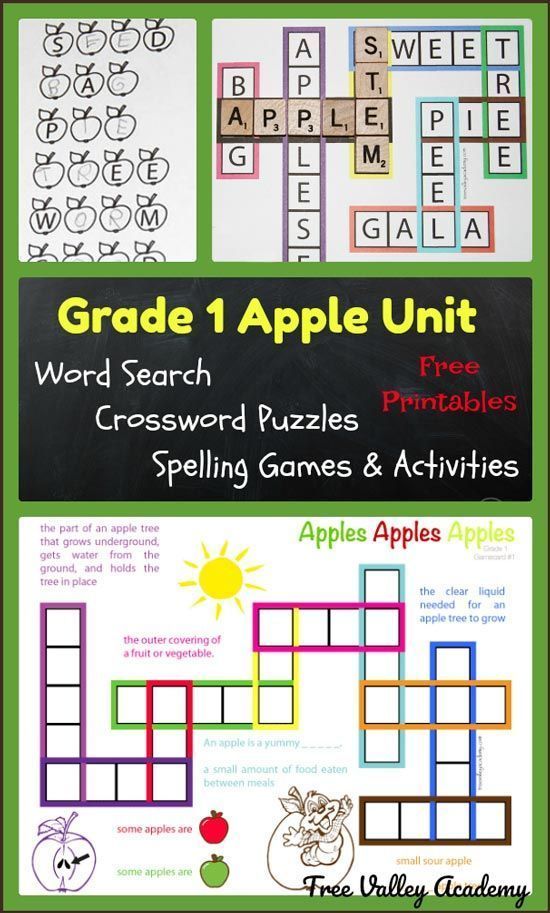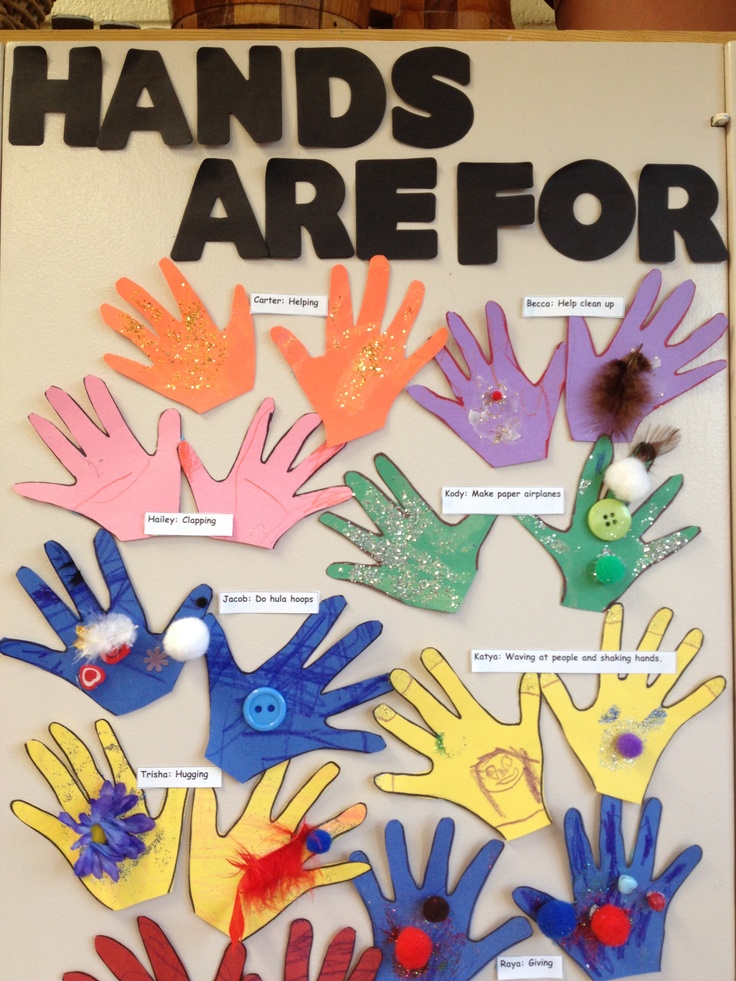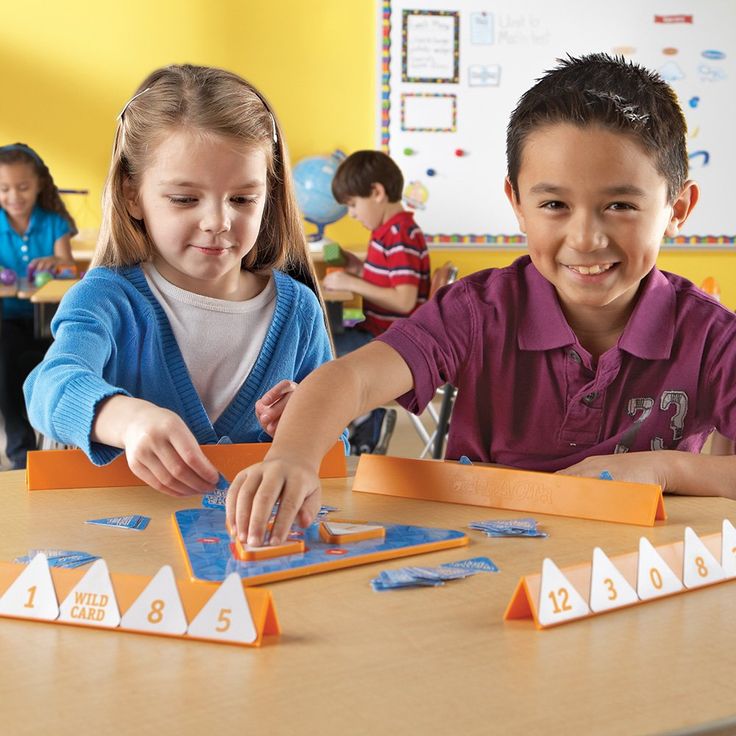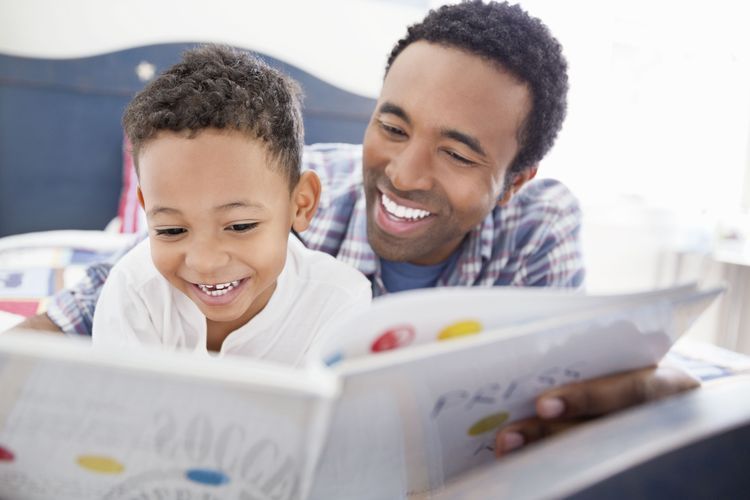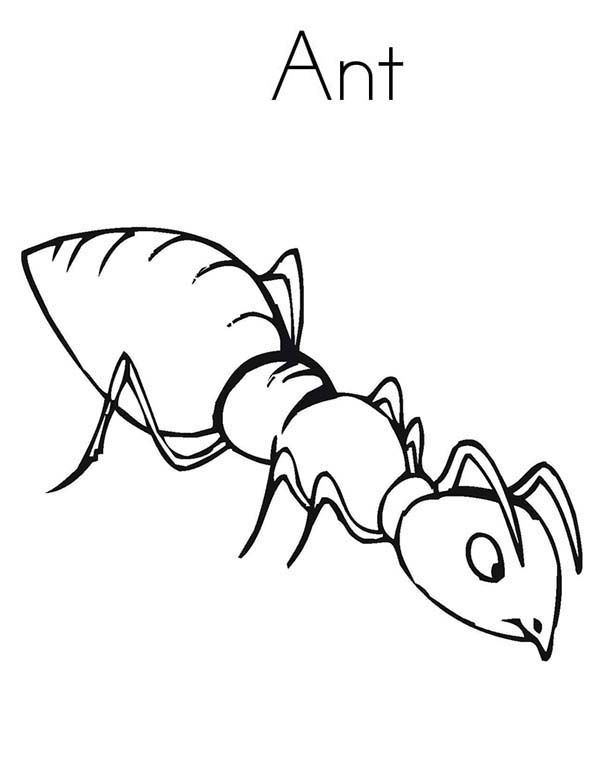4 year old preschool activities
Activities for 4 Year Olds
Preschooler activities that are perfect for 4 year olds.
We have created a fun and simple week of activities that's perfect for preschoolers (3-5 year olds) to enjoy.
Enter your email below to get the week of activities to do this week with your preschooler.
In this week of preschooler activities, you'll get a taste of what we provide inside The Activity Room.
While this week for you to download is sample week just for preschoolers, The Activity Room provides weeks of fun for 2-5 year olds, week after week, continually! The fun literally never ends!
We also provide an extra themed week of activities to our annual members that are committed for the entire year. So much fun to be had!
Looking for lots of preschooler activities?
To find a preschooler activity you're looking for, you can do a search in the search bar found at the top of the page, or search by topic or category that's found in a pulldown menu below.
Browse our activities for 4 year olds by age below (at least the age the we did them at!).
Please note: This is just the age that we tried these activities in our house. These activities may be suitable for other ages. As well as not suitable for your child that is of this age. Please take into consideration the level of development that your child is at.
Other Ages to Explore:
- 3 Year Olds
- 5 Year Olds
Looking for something? Search for activities:
CategoryActivities Fine Motor Gross Motor Move & Learn Learning Literacy & ABCs Math & 123s Science Sensory ThinkingArt Projects Big ArtCraftsHoliday & Seasonal Holidays 4th of July Christmas Easter Father’s Day Halloween Hanukkah Mother’s Day New Years St Patrick’s Day Thanksgiving Valentine’s Day Seasonal Autumn Spring Summer WinterParentingPopularSponsored BlogHer CampaignThe Activity RoomUncategorizedAgeAll AgesBabyGrade SchoolKindergartnersPreschoolersToddlersTopic30 Days to Hands on PlayABC MatABCsActivities for KidsActivity PlansAdditionAnimalsApplesAutumnBack to SchoolBalanceBallBalloonsBeat the HeatBirthdayBlocksBlogHerBlowingBooksBottlesBubble WrapBubblesbuildingBusy MomsBusy PlayButcher PaperButtonButtonsCardboard BoxCerealChalkChalkboardCheap ActivitiesChild DevelopmentChoresChristmas TreecinnamonClean UpClothespinsCoffee FiltersCollageColorscoloursconstruction paperContact PaperContributorCountingCraft Activities for KidsCraft RecipeCrafts for KidsCrawlingCrayonsCreative Articles from Hands on Moms!CuttingDeck of CardsDestructingDinosaursDirtDominoesDownloadDr. SeussDrawingEarth DayEasy Activities for ToddlersEasy CraftsEasy Shamrock CraftsEating BattlesEgg cartonEggsElla’s Kitchen Baby FoodExperimenteye droppersfallFall LeafFamilyFarm AnimalsFeltFine Motor ActivitiesFine Motor SkillsFinger PaintFlowersFoamFortFort Magic KitFree Playfruit loopsGameGift GuidegiftsGiveawayglueGoogly EyesGreen ActivitiesGreen CraftGreen CraftshalloweenHandprintsheartHole PunchHoliday ActivitiesHow to Do ActivitiesHula HoopIceIn the PastIndoor ActivitiesInspirational, Unfamiliar Or Wacky HolidaysInternational DelightIt’s PlaytimeIt’s Playtime Hostsjelly beansjingle bellsJumpingKids Art ExchangeKitchenlanguageLeavesLetter SoundsLetterslisteningliteracyLowercase LettersMagazinesmagnetic tilesMagnetsmarblesMarkersMatchingMazesMe TimeMeasurementMember of the MonthMemoryMessy PlayMixing ColorsMom FeatureMom TipsMoms ActivitiesMoms Art ProjectsMoms CraftsMoms Parenting AdviceMoneyMonstersMudMusicMy FavoritesMy ProjectNameNatureNewspaperNumbersoatmealObstacle CourseOutdoorPaintingPaper PlatesPaper RollsPastaPatrioticPatternsPersonal Timephonicsping pong ballsPipe Cleaner ActivitiesPipe Cleaner CraftsPipe CleanersPlace ValuesPlay DoughPom Pomspool noddlesPretend PlayPrintablesPumpkinsPush PinspuzzlePuzzlesRainbow ActivitiesRainbow CraftsrainbowsRaising Kids is ToughReadingRecycleResourcesResponsibilityRibbonsRubberbandsSandSantaScavenger HuntsscoopingScrape PaintingSensorySensory ActivitiesSensory GamesSensory PlayShadowsShamrock CraftsShapesShaving Creamsidewalk chalkSight WordsSizeSnowSnowmanSortingSpellingSt.
SeussDrawingEarth DayEasy Activities for ToddlersEasy CraftsEasy Shamrock CraftsEating BattlesEgg cartonEggsElla’s Kitchen Baby FoodExperimenteye droppersfallFall LeafFamilyFarm AnimalsFeltFine Motor ActivitiesFine Motor SkillsFinger PaintFlowersFoamFortFort Magic KitFree Playfruit loopsGameGift GuidegiftsGiveawayglueGoogly EyesGreen ActivitiesGreen CraftGreen CraftshalloweenHandprintsheartHole PunchHoliday ActivitiesHow to Do ActivitiesHula HoopIceIn the PastIndoor ActivitiesInspirational, Unfamiliar Or Wacky HolidaysInternational DelightIt’s PlaytimeIt’s Playtime Hostsjelly beansjingle bellsJumpingKids Art ExchangeKitchenlanguageLeavesLetter SoundsLetterslisteningliteracyLowercase LettersMagazinesmagnetic tilesMagnetsmarblesMarkersMatchingMazesMe TimeMeasurementMember of the MonthMemoryMessy PlayMixing ColorsMom FeatureMom TipsMoms ActivitiesMoms Art ProjectsMoms CraftsMoms Parenting AdviceMoneyMonstersMudMusicMy FavoritesMy ProjectNameNatureNewspaperNumbersoatmealObstacle CourseOutdoorPaintingPaper PlatesPaper RollsPastaPatrioticPatternsPersonal Timephonicsping pong ballsPipe Cleaner ActivitiesPipe Cleaner CraftsPipe CleanersPlace ValuesPlay DoughPom Pomspool noddlesPretend PlayPrintablesPumpkinsPush PinspuzzlePuzzlesRainbow ActivitiesRainbow CraftsrainbowsRaising Kids is ToughReadingRecycleResourcesResponsibilityRibbonsRubberbandsSandSantaScavenger HuntsscoopingScrape PaintingSensorySensory ActivitiesSensory GamesSensory PlayShadowsShamrock CraftsShapesShaving Creamsidewalk chalkSight WordsSizeSnowSnowmanSortingSpellingSt.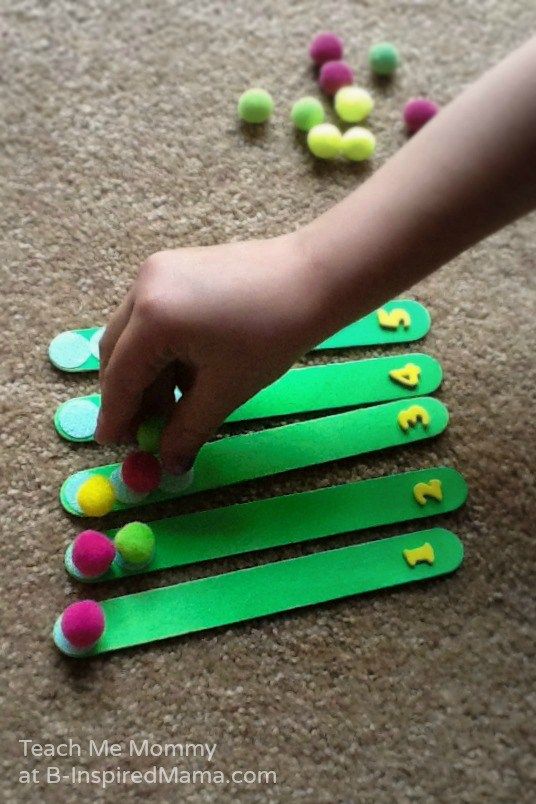 Patrick's DaySt. Patrick's Day ActivitiesSt. Patrick's Day CraftsstickersStrawsStuffed AnimalssummerSymmetryTapeTape ResistTargetsTeaching IndependenceTeam workTechnologyThemed ActivitiesThreadingThrowingTin CansTissue PapertoddlerToothpicksToysTracingTravelTravelingTreeTurkeysUpcycleVehiclesWater ActivitiesWeavingWeek of ActivitiesWeekly WrapupWindowWorking MomWrapping PaperWriting ActivitiesYarn
Patrick's DaySt. Patrick's Day ActivitiesSt. Patrick's Day CraftsstickersStrawsStuffed AnimalssummerSymmetryTapeTape ResistTargetsTeaching IndependenceTeam workTechnologyThemed ActivitiesThreadingThrowingTin CansTissue PapertoddlerToothpicksToysTracingTravelTravelingTreeTurkeysUpcycleVehiclesWater ActivitiesWeavingWeek of ActivitiesWeekly WrapupWindowWorking MomWrapping PaperWriting ActivitiesYarn
Activities that Hands-on Parents Absolutely Love
31 Learning Activities for 4 Year Olds that you can easily do
Skip to content 31 LEARNING ACTIVITIES FOR 4 YEAR OLDS THAT YOU CAN EASILY DOLooking for fun activities to keep your 4 year olds busy and entertained at home! Find a list of 31 easy to do activities that your 4 year olds will love.
Activities, aren't they the best way to keep kids occupied for a long time while you can get the time you need to get your work done? They can help a child escape boredom, learn some new skills, keep them engaged, get you the much-needed quiet time for yourself, and finally, it can help you bond with your kids and also help escape sibling rivalry.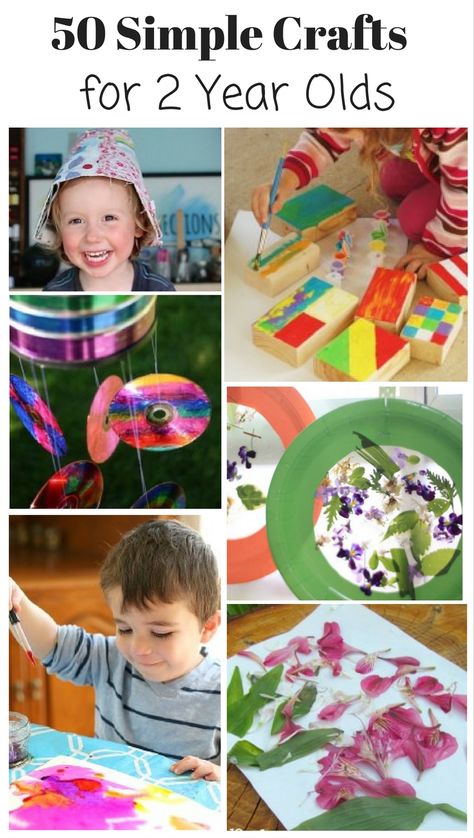
I love doing activities with my daughter all the time. It keeps her happy and entertained. Below is a list of printable learning activities for 4-year-olds and five-year-olds who are much more capable of doing an activity independently.
All these educational activities for toddlers at home have a few things in common.- Requires minimal setup
- Can be easily done with stuff lying around at home
- Teach your kids important life skills
- Keep them engaged at least for a couple of hours
- Sensory skills
- Fine motor skill development
- Creativity
- Physical strength
- Analytical thinking
Before we get into the list, if you have no idea how to set up toddler learning activities for children up to three years old, then there's no need to fret.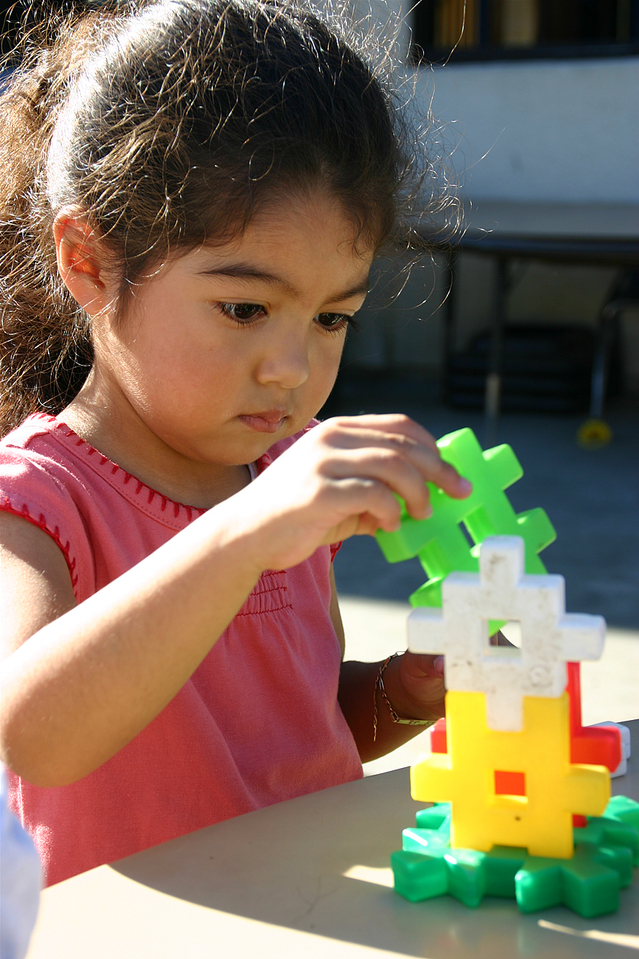 Check out this blog here on how to set up an activity for your child that they will get instantly get attracted to and will love to do it again and again.
Check out this blog here on how to set up an activity for your child that they will get instantly get attracted to and will love to do it again and again.
For toddler moms, being a toddler mom myself, I have been able to customize many of these 4 year olds activities to suit my toddler interests. So this list can be really helpful to you as well.
Some basic things you will need for these activities!It is always best to get a few basic art and craft stuff that you will need again and again in any activity which can save you multiple trips to Target!
- Colors (crayons, pencil colors, washable paints)
- Paint brushes, painter pallete
- Assorted set of craft supplies (pom poms, pipe cleaners, craft sticks, etc)
- Construction paper (assorted colors)
- Popsicle sticks
- Masking tape, craft scissor
- Playdough and playdough tools
- Glitter glue, stickers, sequins
- Q-tips, rubber bands
- Paper plates
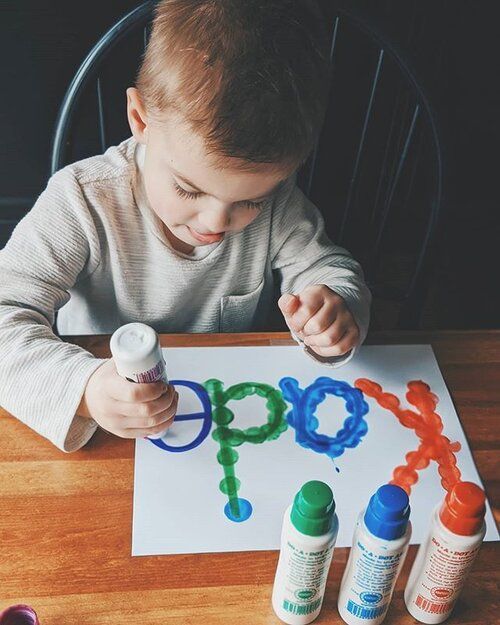 Playing with gloop via learning4kids
Playing with gloop via learning4kidsGloop is such a fun activity for kids of any age. I love making it for my daughter as well. It is slimy, sticky and a lot of mess but it is a great sensory activity as well as can teach your kids some basic science skills like the difference between the solid and liquid. Janice from learning4kids in her blog here will walk you through steps on how to make gloop as well as what you can talk to your kids about while doing this activity.
2. Backyard water funYou can never go wrong with some backyard water fun especially in the summer months. They are a great way to keep kids active as well as engaged for really long. Add some sprinklers to the water fun or a big bucket with soapy water to let your kids wash his toys and sit back and relax and watch them have fun.
Related: 30 Best summer toys for kids
3. Size sorting rainbow necklace via handsonaswegrowSuch a great activity to teach your kids about colors and shapes. Jamie from handonaswegrow.com teaches a simple activity that is perfect for toddlers and up to 5 years old where they learn how to thread and make a pretty rainbow necklace based on the size.
Jamie from handonaswegrow.com teaches a simple activity that is perfect for toddlers and up to 5 years old where they learn how to thread and make a pretty rainbow necklace based on the size.
Another great memory activity game to teach kids concentration and focus. All you need are some small objects like pom poms, beads and empty egg cartons.
5. Read booksDeveloping a good reading habit is a great activity to keep kids busy for long and also help build their vocabulary and teach them new life lessons. Incorporating a good 15-20 minutes of reading habit in your little one can go a long way for them.
6. ColoringAnother great activity to get kids to think creatively and outside the box. I love to use coloring books for my daughter. Give them some washable paints or crayons and let them create something creative for you. Make sure to use an apron as paints can get really messy.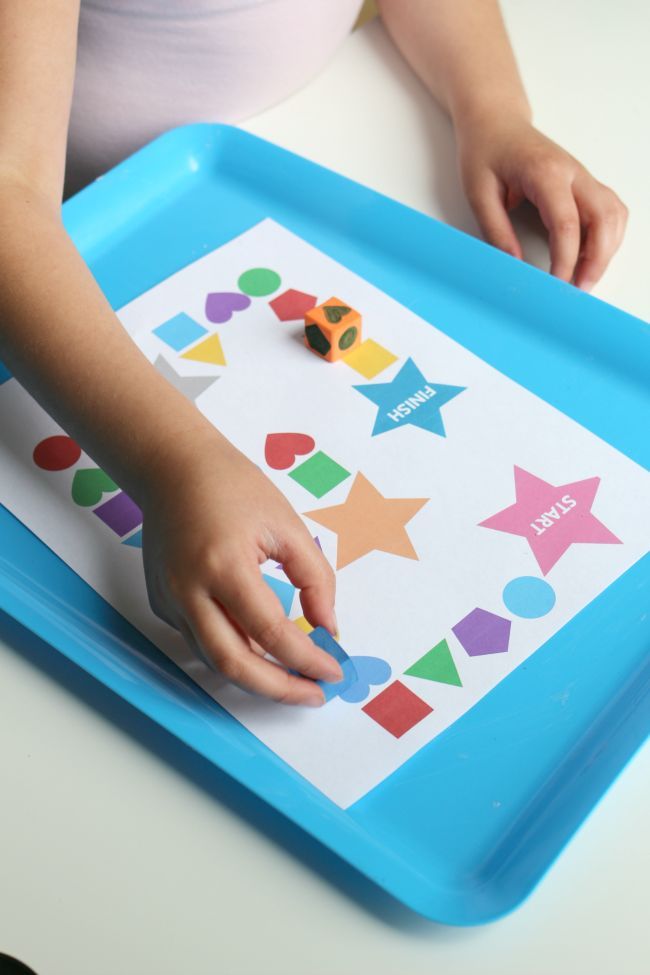
Board games can make for a fun family night and it can teach your kids some basic important skills like communication, taking turns, sharing, winning and losing, and some basic math and analytical skills. They are great for kids of any age group. My favorite for my toddler are hiss and yeti in my spaghetti. And below are a few amazing board games for 3 years +.
8. Play with play dough or kinetic sand to roll, count and decorate via handsonaswegrowThis great activity via Jamie will teach your kids to be creative (designing monsters), learn to count and decorate the monsters. Also you can talk to your kids about colors, shapes etc.
9. Hide n' seekThis is the activity that keeps us busy most of the evenings. If your kid has siblings then even better as they can play with each other. Just hide behind trees or indoors under the tables and let your child count till 10 and find you.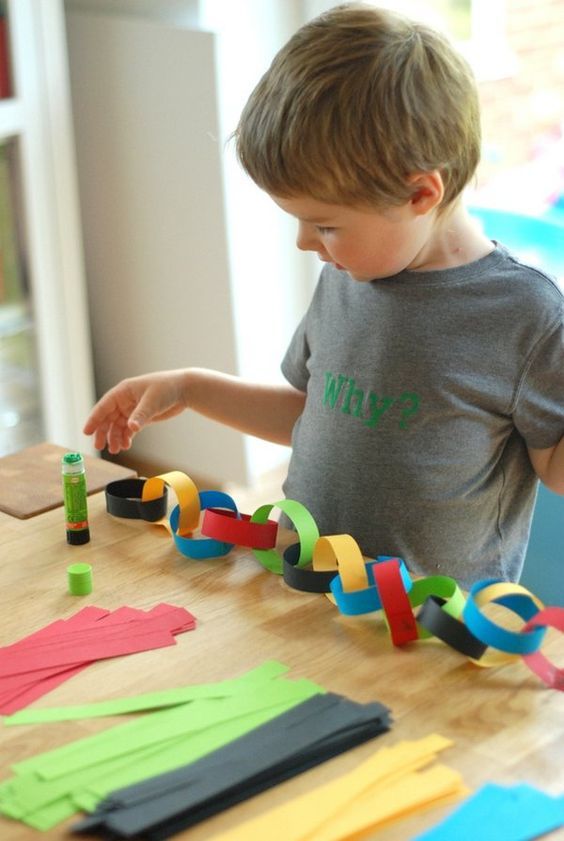 Great activity for your kids to get some physical activity and outside fresh air.
Great activity for your kids to get some physical activity and outside fresh air.
Kids can spend hours engaging in building lego kits. It can help them think outside the box and use their imagination to build their own toys. We love lego kits for our toddlers like this one and this and this toy can easily grow with your kids as well. Some great lego kits for 3+ age are as below.
11. Easy paper tunnels for little car lovers via mamapapabubba.comVow I love this idea. Thy are definitely the easiest paper tunnels for little car lovers. Jen from mamapapabubba in her post has put an effortless and easy to do activity for car loving kids and that can really keep them engaged and entertained for long.
12. Farm animals washing station via coffeecupsandcrayonsI am sure most of you must have tried a washing toy station for your kids at home. My daughter is enjoying washing her toys in backyard as I write this blog post now.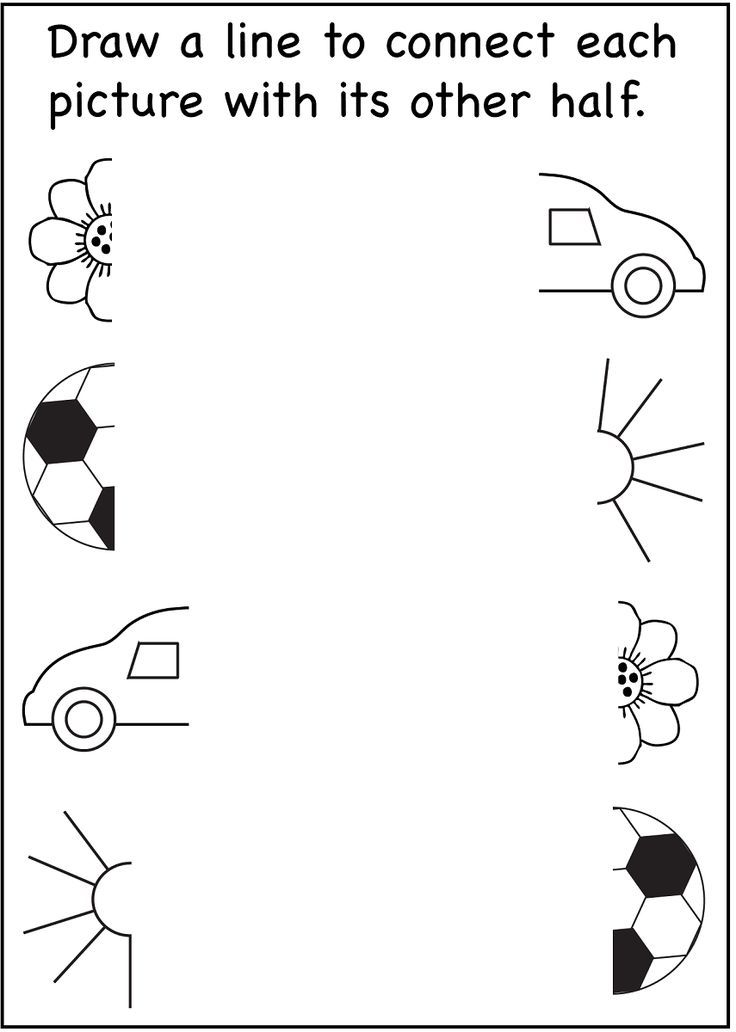 I love this idea via Megan that she has shared in her beautiful blog coffeecupsandcrayons.com. She has very well laid down everything that you will need to set up a fun and engrossing washing station for your kids at home.
I love this idea via Megan that she has shared in her beautiful blog coffeecupsandcrayons.com. She has very well laid down everything that you will need to set up a fun and engrossing washing station for your kids at home.
Susie’s blog busytoddler always has the best ideas and I keep going back to her blog to find fun and easy thing to do with my daughter at home. Another fun fine motor skill activity is this animal tape rescue activity. Although this is for young toddlers, even older kids can have some pretend play fun taping their farm animals. Add a few more toys to this and have fun watching them create fun stories.
14. Cereal threading via handsonaswegrowThreading is a great activity that can keep toddlers as well as older kids engaged. Jamie in this activity has shared an easy setup which requires a few basic things like cereals, pasta, threads etc. This easy to do activity can teach kids about numbers, colors, patterns etc.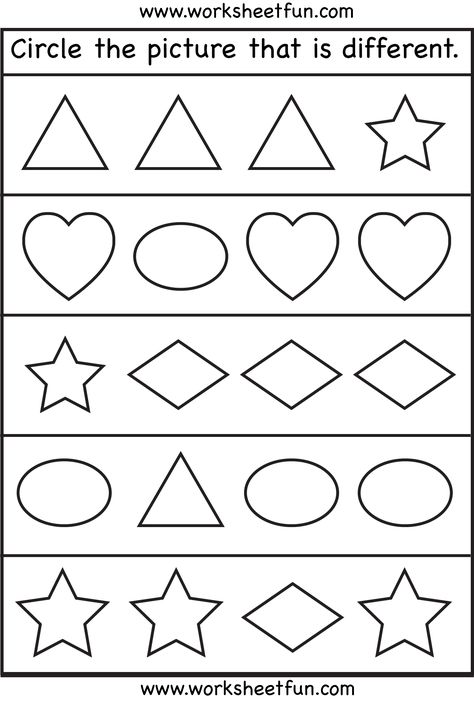
Such a fun and creative activity via Jean. It can get your kids creative juices flowing and is so easy to set up.
16. Nature prints via nurturestoreIsn’t summer all about spending as much time as possible outdoors. What about adding a little bit of colors to the time you spend outside. This easy to do flower printing garden art is so easy to do and all it needs are fallen leaves and flowers and paints.
17. Sticker lines via busytoddler.comSticker lines are super easy to create. A great motor skill activity and all you need are some sticker dots and a sharpie.
18. Pom pom wall via toddlerapproved.comI love doing this with my daughter. This activity can grow with your kids. For my toddler, I just tape empty paper rolls to the wall and give her some pom poms to pass through. And Kristina here via her blog todllersapproved. com has shared a fun and slightly contraption style pom pom wall setup for grown up kids. Great for fine motor skill development!
com has shared a fun and slightly contraption style pom pom wall setup for grown up kids. Great for fine motor skill development!
Involving kids in household chores helps set them up for success in their life. It teaches them about responsibilities and being independent. Checkout this list of 15 easy chore ideas for 4 year olds via Crystal Paine through her famous blog moneysavingmom.com.
20. Sprinkle sensory bag via activelittles.comTammi here has shared an interesting activity for early learners. It is a great sensory activity for kids who can practice writing letters and numbers on a sensory sprinklers bag.
21. Rainbow salt writing tray via activelittles.comAnother great activity via Tammi for early learners. Create a rainbow tray and sprinkle salt on it and let your kids have fun writing letters and numbers on the rainbow tray.
22. Pretend playKids love pretend play games.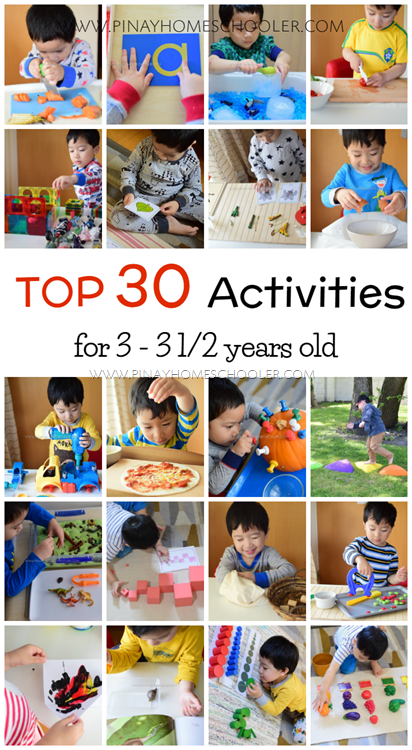 Be it being a doctor or a chef who is cooking for their favorite toys watching these little ones get into character is very entreating. I have a complete blog post of 15 best pretend play toys that you can buy for your little one. Also adding a few of my favorites here.
Be it being a doctor or a chef who is cooking for their favorite toys watching these little ones get into character is very entreating. I have a complete blog post of 15 best pretend play toys that you can buy for your little one. Also adding a few of my favorites here.
I was introduced to brain quest through a friend a couple of months back and I have to say that I am hooked. Brain quest has the best selection of activity cards and workbook that can get your little one engaged and excited for a long time. Check them out below.
24. Fridge magnets in an alphabetic orderI got these fridge magnets for Mishika when she turned a year old. They were a great hit then and are still a great hit. It is a great learning activity for kids. Ask your four year olds to arrange these fridge magnets in alphabetical order or numerical order. Great way to keep kids busy while you can load your dishwasher or prep your meals.
25.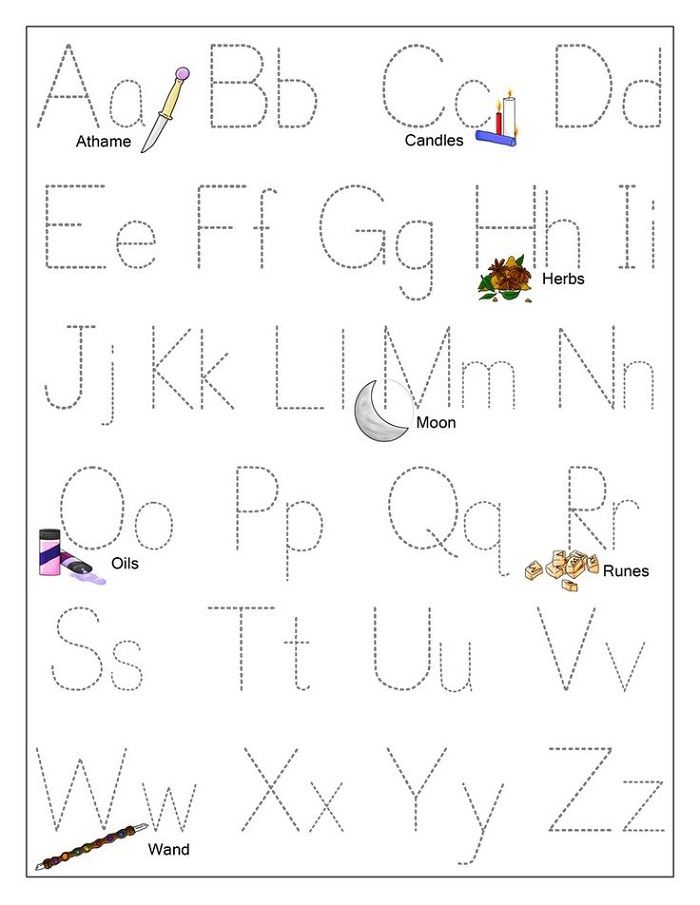 Paper cutting via funwithmama.com
Paper cutting via funwithmama.comTeaching your kids to learn scissor skills is a great motor skill activity. Kids love to cut and Nadia through her blog funwithmama.com has shared free printables that you can download for your kids. It’s a good activity to keep kids occupied on a long flight.
26. Rainbow rice via honeyandbetts.comHannah in her blog has put an easy sensory bin activity using rainbow rice for young kids. Rainbow rice sensory kits can be great for kids to draw letters and numbers in or give them a few toys and let them have fun creating a pretend play game.
27. Create an indoor herb garden via honeyandbetts.comI found this activity very interesting and I plan to try it with my daughter soon. Gardening is a great skill to cultivate in your little ones and Hannah through her activity shows how to create an indoor herb garden while involving your little ones.
28. Glue canvas via learnwithplayathomeSpeaking from experience my little girl loves to mess around with the glue all the time and this activity was exactly what I needed for my daughter.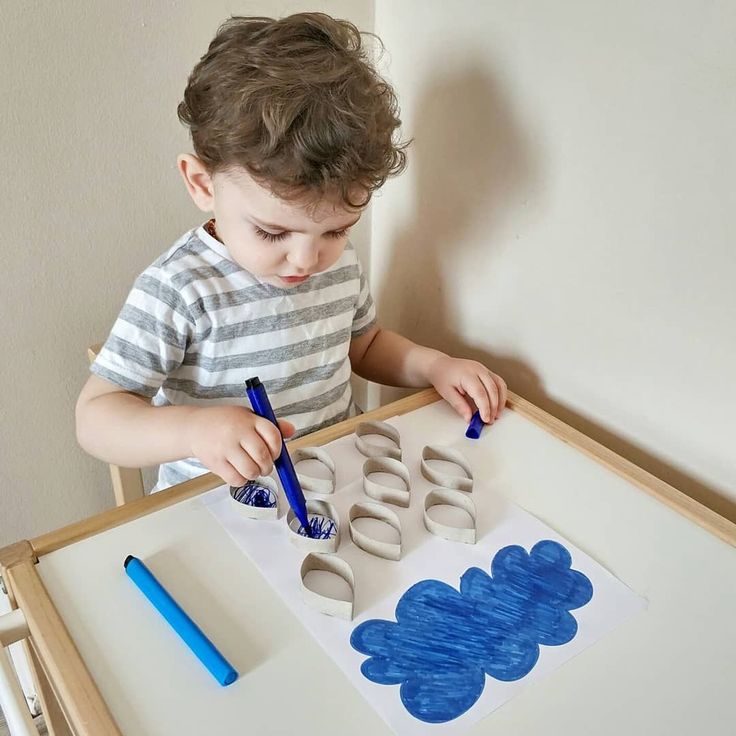 Debs through her blog leranwithplayathome.com has shared an amazing activity of making a glue canvas with your kids. This activity can get them to think outside the box and become more creative.
Debs through her blog leranwithplayathome.com has shared an amazing activity of making a glue canvas with your kids. This activity can get them to think outside the box and become more creative.
Such a great activity by Kate from thecrafttrain.com! In this art & craft activity Kate shows an easy art painting using q-tips and washable paints where she teaches you how to draw a wattle – Australia’s national flower. Great way to paint!
30. Fluffy pet rocks via thecrafttrain.comSuch a cute activity where Kate teaches you how to convert your rocks into fluffy pets. Your kids will love it.
31. PuzzlesPuzzles are one of the best toys that you can get for your kids that can get their brains working. I love working on puzzles with my daughter and have watched her grow with them. Checkout a few great puzzles for your kids below (3+ years of age)
I hope this list of activity for 4 year olds was helpful and you found something interesting to do with your kids.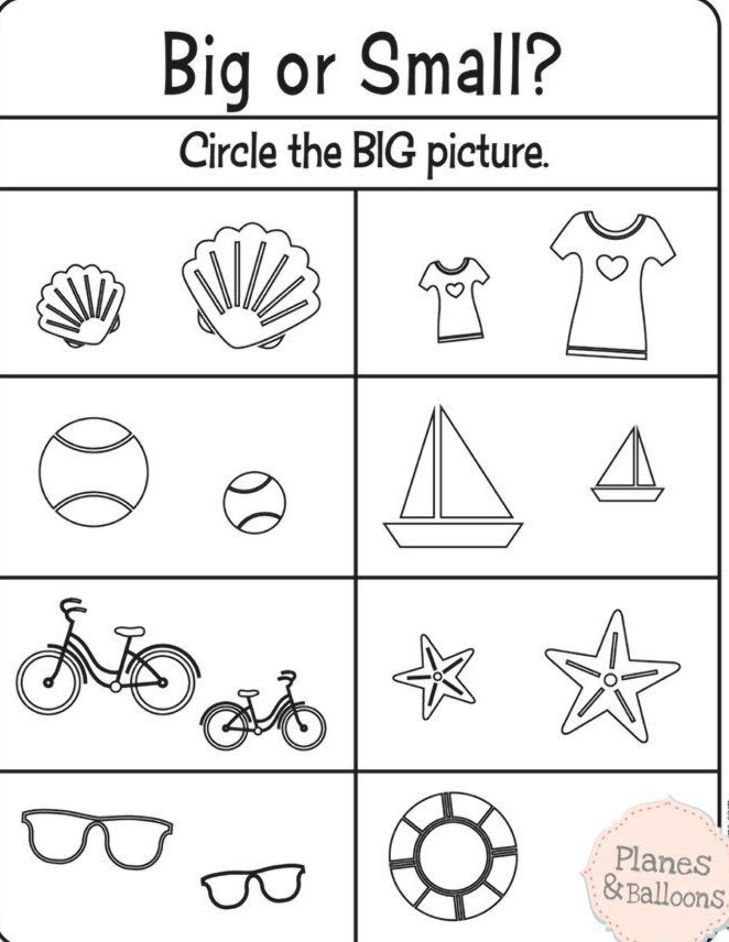 So which activity are you going to try with your little one?
So which activity are you going to try with your little one?
Welcome to Totally MOM-Sense! I had started this blog a few years back as a journal to document my everyday moments as a new mom which ultimately led to me discovering my true passion in life that is helping moms around to make their mom life easier. Here on Totally MOM-Sense, you ‘ll find plenty of ideas on how to keep little ones engaged, a lot of resources for moms to use in their motherhood journey from breastfeeding, to postpartum healing and helpful tips on positive parenting so that you can enjoy your motherhood journey to the fullest. Hope you enjoy reading them and thanks for stopping by!
SEARCH
Search for:
Trending
Page load linkGo to Top
Children aged 4 to 5
Children from 4 to 5 years old
Development of Children from 4 to 5 years old. You are in the section "Children from 4 to 5 years old".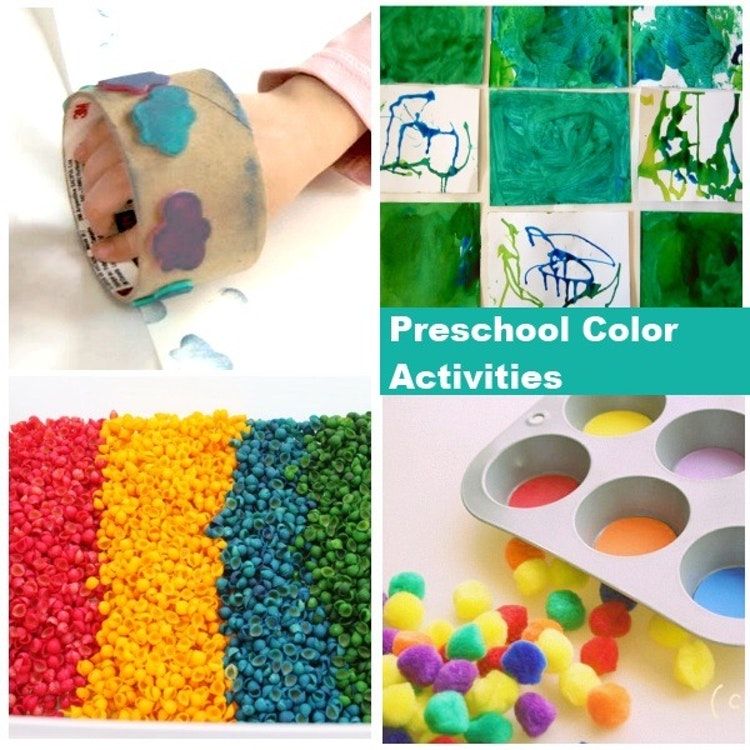
In this section, we will help you find out and determine the level of development of your child, namely, what your child should know and be able to do at the age of 4 to 5 years.
What a 4 year old should know and be able to do.
This article is for your reference and gives approximate norms for the degree of formation of your child's mental processes at this age. You can check his potential in different areas of knowledge, find out in which areas of knowledge your child succeeds, and in which additional attention and time are required.
In this section "Children from 4 to 5 years old" we have collected all the material published on our website, which will help you and your child to study, prepare for the next, more in-depth stage of classes.
Materials for your activities you can use at home, in kindergarten or in elementary grades.
Mathematics
A child aged 4 to 5 should be able to:
1.The child should be able to determine the location of objects: on the right, on the left, in the middle, above, below, behind, in front.
2. The child must know the basic geometric shapes (circle, oval, square, triangle and rectangle)
3. The child must know all the numbers (0, 1, 2, 3, 4, 5, 6, 7, 8, 9). Count items within ten, correlate the number of items with the desired number.
4. The child must be able to arrange the numbers from 1 to 5 in the correct sequence and in reverse order.
5. The child must be able to compare the number of objects, understand the meaning: more - less, equally. Make Unequal Item Groups Equal: Add one item to a group with fewer items.
6. The child gets acquainted with the graphic image of the number, learns to write numbers correctly.
Study aids:
1. Cards Teaching the child to count
2. Connect the numbers and color the picture
3. The game is learning geometric shapes
4.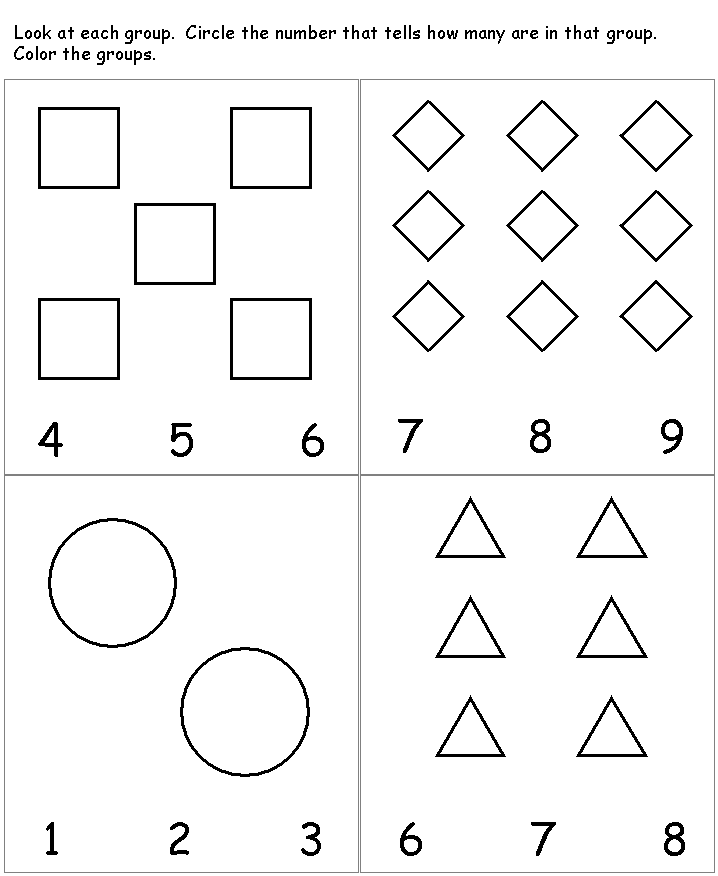 Introducing the child to Geometric shapes
Introducing the child to Geometric shapes
5. Cards with numbers from 0 to 70 6 . Cards "which number is superfluous"
7. Game for learning Geometric shapes
8. Copy Numbers
9. Write numbers
10. Cards with numbers-coloring
11. Puzzles-triple geometric shapes
12. Puzzles-triple numbers and Counting
13. Geometric shapes. Developing memory
14. Geometric shapes. Developing Fine Motor Skills
15. Learning Geometric Shapes
16. Math Copybook
17. Learning to Count. Developing memory with Geometric shapes
22. Correlate the number with the number
23. Entertaining tasks in mathematics
24. Orientation in space. Before and After
25. Cards with Numbers
26. Puzzle Score from 1 to 10
27. Math with Dice
28. Didactic Math Games
29. Puzzle Count from 1 to 10
30. Math for Kids with Dice
Logical thinking
- Development of Thinking, Memory, Attention
A child aged 4 to 5 years should be able to:
1.The child should be able to find differences and similarities between two pictures (or between two toys).
2. The child must be able to fold according to the model of the building from the designer.
3. The child should be able to put together a cut picture from 2-4 parts.
4. The child must be able to complete the task within 5 minutes without being distracted.
5. The child must be able to fold the pyramid (cups, putting them into each other) without assistance.
6. The child must be able to put the missing fragments of pictures into the holes.
7. The child should be able to name a group of objects with a generalizing word (cow, horse, goat - domestic animals; winter, summer, spring - seasons). Find the extra item in each group. Find a match for each item.
8. The child should be able to answer questions such as: Is it possible to go sledding in summer? Why? Why wear warm jackets in winter? What are windows and doors for in a house? Etc.
9. The child should be able to choose opposite words: a full glass - an empty glass, a high tree - a low tree, go slowly - go quickly, a narrow belt - a wide belt, a hungry child - a child full, cold tea - hot tea, etc.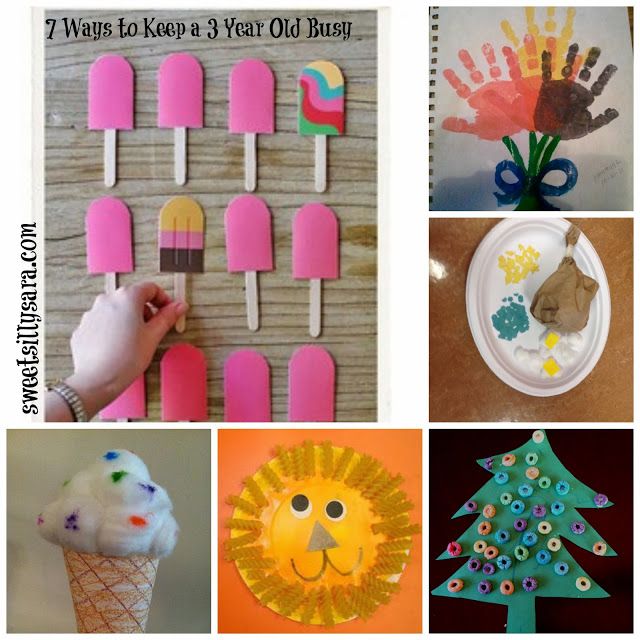
10. A child should be able to memorize pairs of words after being read by an adult: glass-water, girl-boy, dog-cat, etc.
11. The child should be able to see incorrectly depicted objects in the picture, explain what is wrong and why.
Study aids:
1. Find the extra object cards
2. Find the extra object cards. Part 2
3. Cards from the series find a pair
4. Find a shadow in the picture
5. Develop logical thinking
6. Big-small cards
7. Puzzles
8. Krasnoukhov's puzzle
9. Logic coloring
10. Development of Attention
11. Development of Thinking
12. Development of Memory
13. Development of Memory. 15. Add the missing item
16. Game in opposites (Antonyms)
17. Entertaining activities with the child
18. Orientation in space. Right and Left
19. Game - "What is What?"
20. Game Catch a fish
21. Association Game: Find a Pair
22.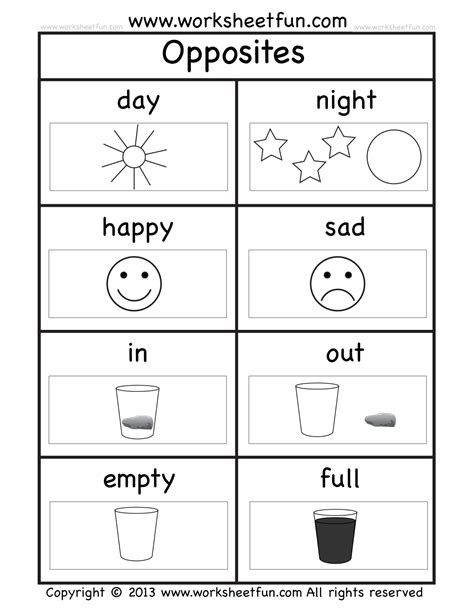 Game for the Development of Memory and Attention
Game for the Development of Memory and Attention
23. Coloring Book for Children about Horses
24. Guess Whose Shadow
Development of Speech
Child aged 4 to 5 years must be able to:
1. The child must use a thousand words, build phrases from 6-8 words. Even strangers, and not just parents, should understand the child.
2. The child must understand how the structure of a person differs from the structure of animals, name their parts of the body (hands - paws, nails - claws, hair - wool).
3. The child must be able to correctly put nouns in the plural form (flower - flowers, girl - girls).
4. The child must be able to find an object according to the description (apple - round, sweet, yellow). Be able to independently write a description of the subject.
5. The child must understand the meaning of prepositions (in, on, under, behind, between, in front of, about, etc.).
6. The child must know what professions are, what people in these professions do.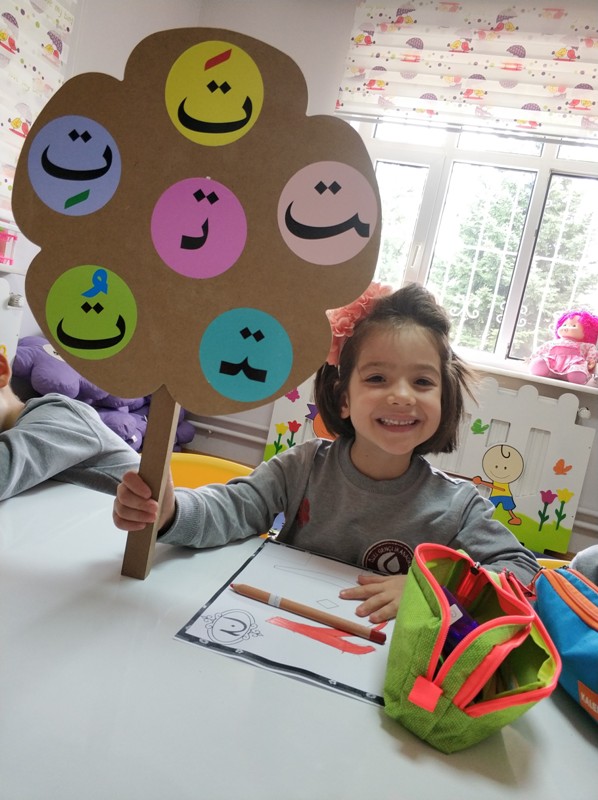
7. The child must be able to maintain a conversation: be able to answer questions and ask them correctly.
8. The child should be able to retell the content of the heard fairy tale, story. Tell by heart a few poems, nursery rhymes.
9. The child must give his name, surname, how old he is, name the city in which he lives.
10. The child should be able to answer questions about recent events: Where were you today? Who did you meet along the way? What did mom buy at the store? What were you wearing?
Study aids:
1. Letters of the Alphabet-Puzzle
2. Studying the letter A. What the beech A looks like.
3. Learning vowels
4. Alphabet in the form of cards
5. How to teach a child to read by syllables
6. Learning to Read. Part 1
7. Learning to Read. Part 2
8. Learning to Read. Part 3
9. Colored Letters of the Alphabet
10. Unique Alphabet by Letters
11. Lotto learning Letters
12. Cards with Letters and a Picture
Cards with Letters and a Picture
13. Pure words
14. Rhymes and Counts 1090 16. Reading 07 and 15. Playing Slogs Collect the Word from the Picture and Letters
17. Cards - What Letter does the Word Begin with
18. Collect the Word from the Picture and Letters. Didactic Game
World around
A child aged 4 to 5 should be able to:
1. The child should be able to distinguish between vegetables, fruits and berries, to know what they are when they ripen.
2. The child must know the names of insects, be able to talk about how they move (a butterfly flies, a snail crawls, a grasshopper jumps)
3. The child must know all domestic animals and their cubs.
4. The child should be able to guess the seasons from the pictures. Know the signs of each of them.
Study aids:
1. Body parts cards
2. Vehicle cards
3. Fruit cards
4. Vegetable cards
5. Color learning cards
Color learning cards
6. Furniture cards 9007 animals and what they eat"
8. "Clothes and Shoes" cards
9. Animals and Birds cards
10. Profession cards
11. Tree and Leaves structure
12. Autumn season
13. Winter season
14. Spring season
15. Summer season
16. Cards learning Colors
17. Winter month - December
18. Winter month - January
19. Winter month - February
20. Lessons on the theme of Winter
21. Fruits and berries. Learning and coloring
22. Vegetables. Learning and coloring
23. Fruits and Berries (coloring cards)
24. Vegetables (cards - coloring)
25. Spring month - March
26. Spring month - April
Household skills
A child aged 4 to 5 should be able to:
1. The child already perfectly fastens buttons, zippers and unties shoelaces, a spoon and a fork obey him well.
2. The child must be able to string large buttons or beads onto a thread.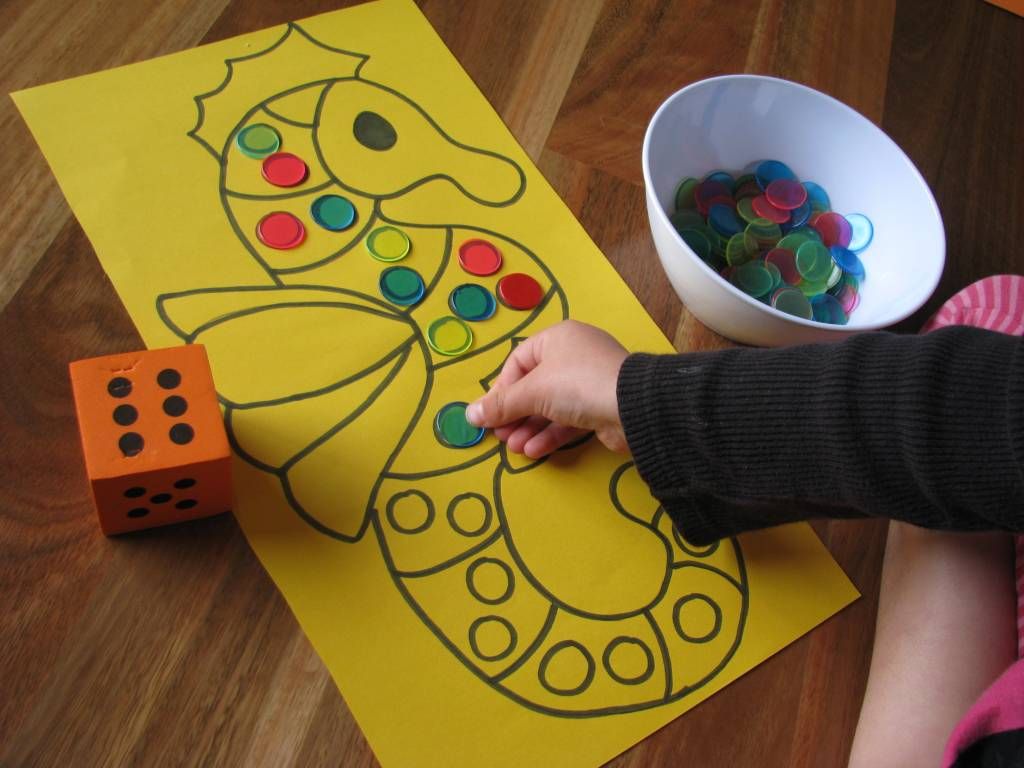
3. The child must be able to accurately draw lines without lifting the pencil from the paper.
4. The child should be able to shade figures with even straight lines, without going beyond the contours of the picture.
5. The child should be able to trace and color pictures without leaving the edges.
6. The child must be able to draw lines in the middle of the track without going beyond its edges.
7. The child must distinguish between the right and left hand.
Practice aids:
1. Stencils for drawing
2. How to teach a child to tie shoelaces
3. Outline and color
4. Tic-tac-toe game in a new way
5. Signs and Properties of objects
6. Flowers
7. Getting to know the concepts: Right, left, top, bottom
8. Studying the Clock
9. Book My House
10. Parts of the Human Body
11. Recipe for Lefties
12. Game Catch a Fish
13. Bus for Little Ponies
14. Game - all Professions
Game - all Professions
15. My House. Components of a house.
16. Plasticine and beads
17. Board game Tell me about your city
18. Children's Rhymes
19. Colored Cardboard Caterpillar
20. Learning Colors with Ice Cream
21. DIY Button Applications
22. Christmas Tree Cones
23. Cheerful Chupa-Chups
24. Learning the Days of the Week
25. How to teach a child to jump rope
26. How to teach a child to clean his room
English
9002 A child aged 4 to 5 can be introduced to English.
Use parent and teacher guides for teaching English to children ages 4 to 5.
Study aids:
1. English Letter Puzzle
2. Cards with letters of the English alphabet
3. Card numbers in English
4. Cards Fruits and Berries
5. Cards with English words. Part 1
6. Cards with English words. Part 2
7. Furniture cards in English
8.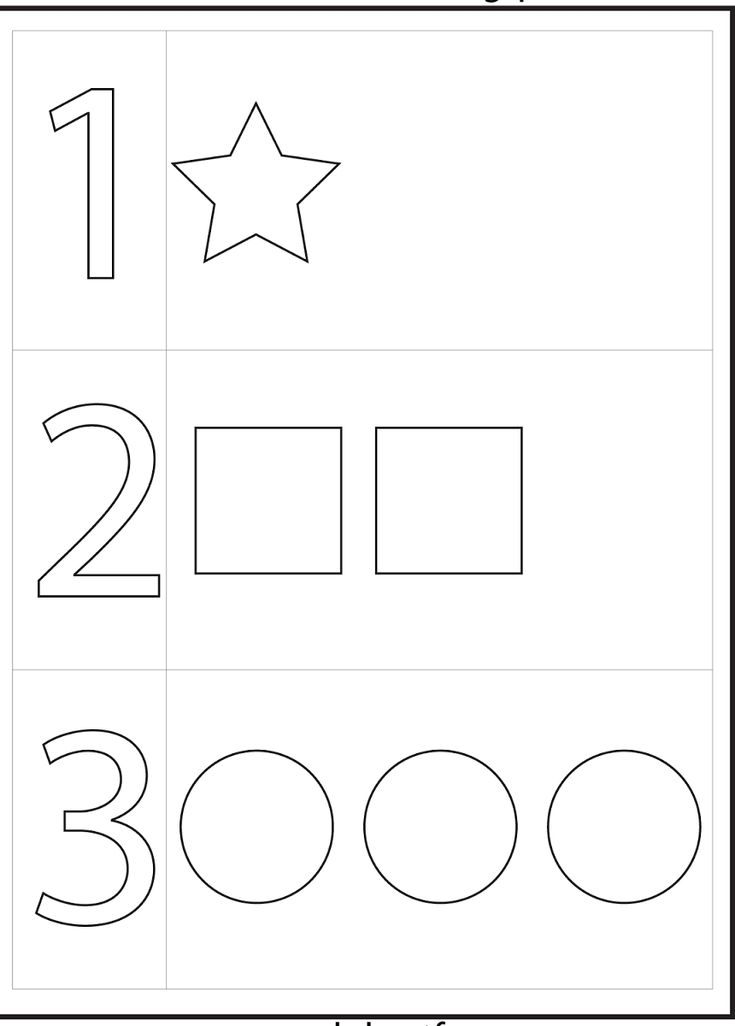 Household appliances cards
Household appliances cards
9. Clothes cards
10. Vegetables cards in English
11. Months cards in English
12. Transportation cards in English
13. Large puzzles and Small letters of the English alphabet
Read also the article for Parents What you need to know about Child Development.
Find out what a child should know and be able to do by age. Take advantage of the training aids offered by our website.
Child development calendar up to 1 year (by months)
Child from 1 to 2 years old
Child from 2 to 3 years old
Child from 3 to 4 years old
Child from 5 to 7 years old
Our Partners - DELIVERY AROUND THE WORLD!
Main page
Subscribe to: Messages (Atom)
-
Hard and soft consonants
Use flashcards to teach your child to tell when consonants are soft and hard. Blue - solid Green -
-
Syllables.
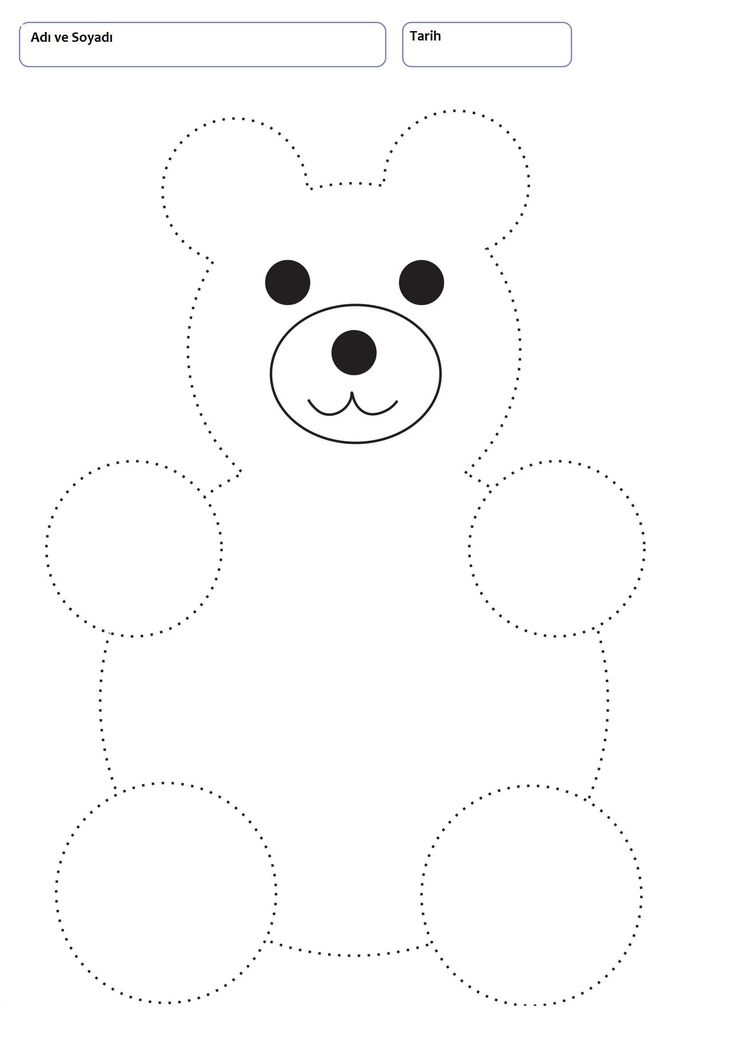 Making words from syllables
Making words from syllables Syllables. Making words from syllables. Download free flashcards with letters and syllables. There are 20 cards in total. Letters and syllables for children. Cut...
-
Russian Alphabet Color Cards
Russian Alphabet Color Cards. Each card with a letter has a picture starting with that letter. With these cards you can ...
-
Pictures with the image of Clothes and Shoes
Pictures with the image of everyday clothes and shoes, Clothes, Shoes, clothes cards, Shoes cards. Thematic cards "Clothes"
-
Educational cards for games with children
Today we will get acquainted with the original way of making educational cards for classes with children from 1 year old at no special cost. Interesting...
-
Connect the numbers and Color the picture
Learning numbers and counting with your child? How to fix the passed material? Consolidation of the material covered can be turned into an interesting and r.
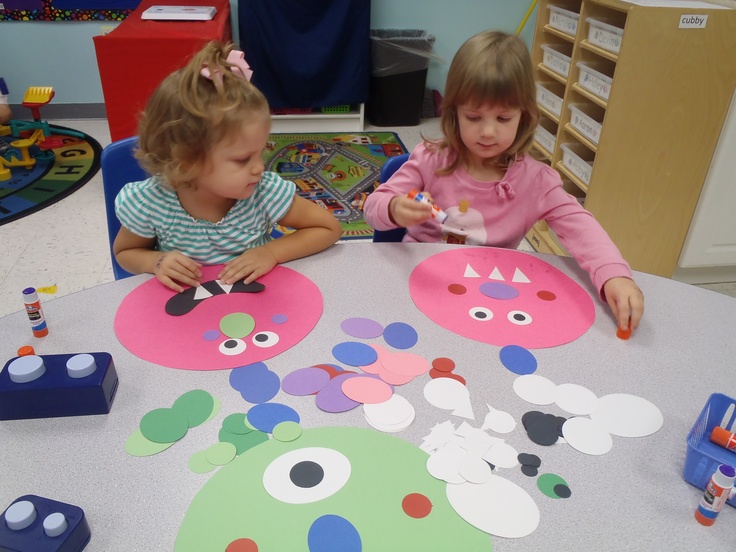 ..
.. -
Profession Cards
Unique Profession Cards. Download Free educational cards with professions for your children. Acquaintance of children with professions ....
-
Number cards
Number cards. Flashcards help your child learn numbers. The cards can be used for homework, kindergarten or elementary school...
-
Cards - Teaching a Child to Count
Cards - how to teach a child to count. Simply print out the colored cards to help your child learn the numbers from 1 to 10. Offer...
-
Syllables cards (not colored)
Syllables. Download free cards. Download free cards (not colored) with letters and syllables. Total cards: 21. Letters and syllables for ...
Children 3 to 4 years old
Children from 3 to 4 years old
Child Development 3 to 4 years old. You are in the "Children from 3 to 4 years" section.
In this section, we will help you find out and determine the level of development of your child, namely, what your child should know and be able to do at the age of 3 to 4 years.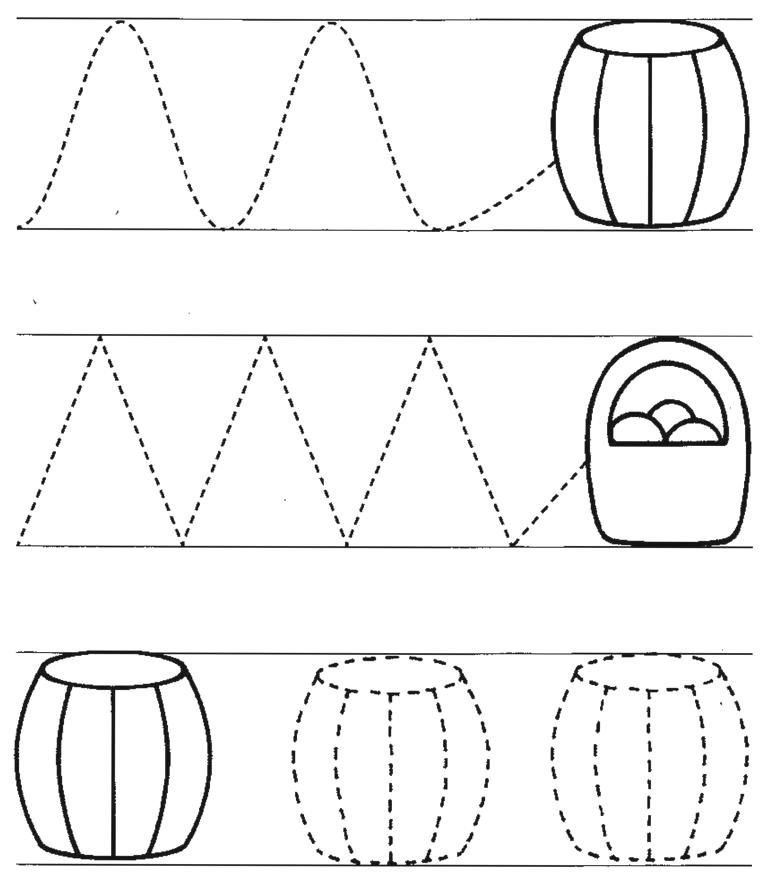
What a 3 year old should know and be able to do.
This article is for your reference and gives approximate norms for the degree of formation of your child's mental processes at this age. You can check his potential in different areas of knowledge, find out in which areas of knowledge your child succeeds, and in which additional attention and time are required.
In this section "Children from 3 to 4 years old" we have collected all the material published on our website, which will help you and your child to study, prepare for the next, more in-depth stage of classes.
You can use materials for your studies at home, in kindergarten or in elementary grades.
Mathematics
A child aged 3 to 4 should be able to:
1. The child must be able to count to three and show the appropriate number of fingers on his hand.
2. The child must be able to master the concepts: one - many, large - small, high - low, etc.
3.The child must know the primary colors (red, yellow, green, blue, white, black).
4. The child must know the basic geometric shapes (circle, square, triangle).
5. The child must be able to compare objects by size, color, shape. Be able to compare the number of items.
6. The child must be able to match a pair to an object with a given attribute.
Study aids:
1. Educational cards for games with children
2. Multi-colored playhouses
3. Cards Teaching a child to count
4. Connect the numbers and color the picture
5. The game is learning geometric shapes
6. Video-Learning counting
7. Number cards for boys
8. Introducing the child to Geometric shapes
9. Cards with numbers from 0 to 10
10. How to teach a child to count in a playful way
11. A game for learning Geometric shapes
12. Number cards for girls
13. Puzzles-double geometric shapes
14.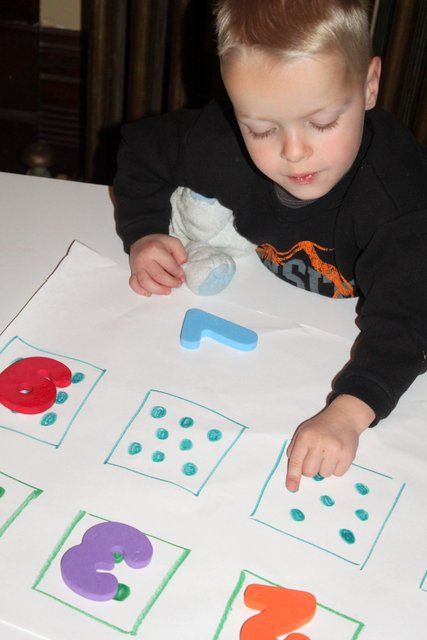 Puzzles-double Numbers and Counting
Puzzles-double Numbers and Counting
15. Geometric shapes. We develop fine motor skills
16. We study Geometric shapes
17. I learn to count. up to 10
22. Mathematics with Dice for Children
Logical thinking
- Development of Thinking, Memory, Attention
A child aged 3 to 4 must be able to:
1. The child should be able to put together a cut picture from 2-4 parts.
2. The child should be able to find and explain inconsistencies in the drawings.
3. The child must be able to find an extra object and explain why he made such a choice.
4. The child should be able to find similarities and differences between objects.
5. The child should be able to memorize 2-3 pictures.
6. A child should be able to memorize 3-4 words that an adult has repeated several times.
7. The child must be able to memorize and repeat the movements shown by an adult 1-2 times,
8. The child must be able to remember any detail or attribute of an object.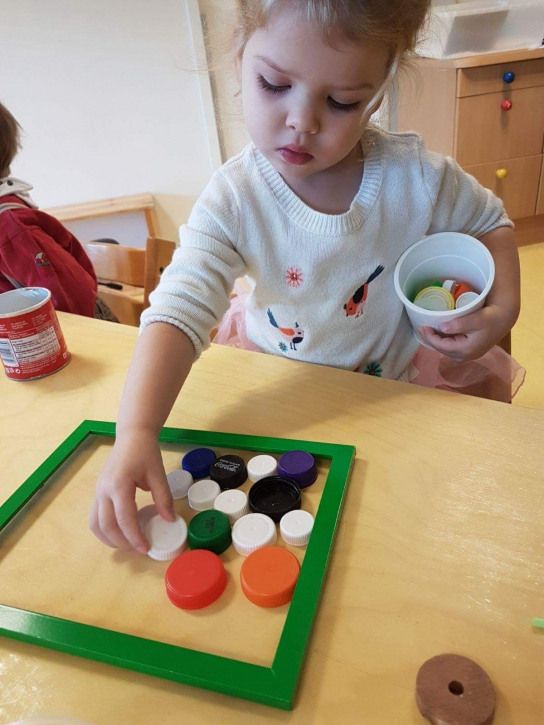
9. The child must be able to complete the task within 5 minutes without being distracted.
10. The child must find paired objects. Be able to choose the right one from a group of objects.
11. The child must be able to pay attention to the properties and characteristics of objects, to find similarities and differences between objects.
Practice aids:
1. Find a pair cards
2. Find the shadow of the picture
3. Develop logical thinking
4. Cards for activities
5. Puzzles
6. Pick up a patch
7. Add the missing object
8. Entertaining activities with the child
9. Playing in opposites
10. Orienting in space. Right and Left
11. Game - "What is What?"
12. Game Catch a fish
13. Association game: Find a pair
14. Game for the Development of Memory and Attention
15. Guess Whose Shadow
Speech development
A child aged 3 to 4 should be able to:
1.The child should be able not only to visually perceive images, but also to describe what he saw.
2. The child easily forms simple sentences, gradually moves to complex ones (from 5-6 words).
3. The child must be able to separate objects into groups: furniture, dishes, clothes, etc.
4. The child must be able to name one attribute of each object.
5. The child must know the names of the basic actions of people and animals (lie down, sit, run, etc.)
6. A child should be able to repeat rhymes and songs after an adult.
7. The child must know his first and last name.
8. The child must be able to control the power of the voice, speak loudly - quietly.
Study aids:
1. Letters of the Alphabet-Puzzles
2. Learning the letter A. What the beech A looks like. . Color Letters of the Alphabet
7. Lotto learning Letters
8. Cards with Letters and a Picture
9. Talking tongues
10.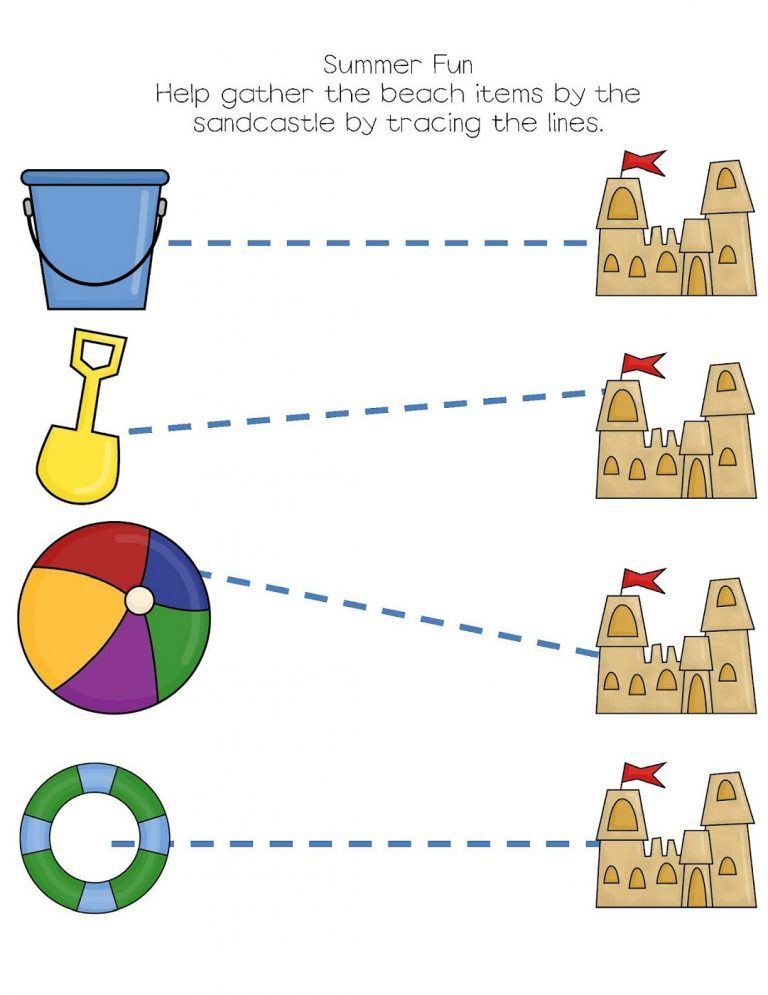 Musical game for the development of speech
Musical game for the development of speech
11. Cards - What letter does the word begin with
The world around us
A child aged 3 to 4 years should be able to:
1. The child must know the names and be able to show domestic (cow, goat, horse, cat, dog, etc.) and wild (wolf, hare, fox, etc.) animals.
2. The child must know the names of 3-4 birds (sparrow, swallow, crow), 3-4 fish (whale, catfish, shark) and 3-4 insects (grasshopper, butterfly, bee).
3. The child should know the names of the main plants: 3-4 trees (birch, oak, apple) and 3-4 flowers (chamomile, tulip, rose).
4. The child should know what vegetables, fruits, berries, mushrooms are.
5. The child must have an idea about the materials from which the surrounding objects are made.
6. The child must know the parts of the day - morning, afternoon, evening, night.
7. The child should be able to name natural phenomena - rain, snow, wind.
Practice aids:
1.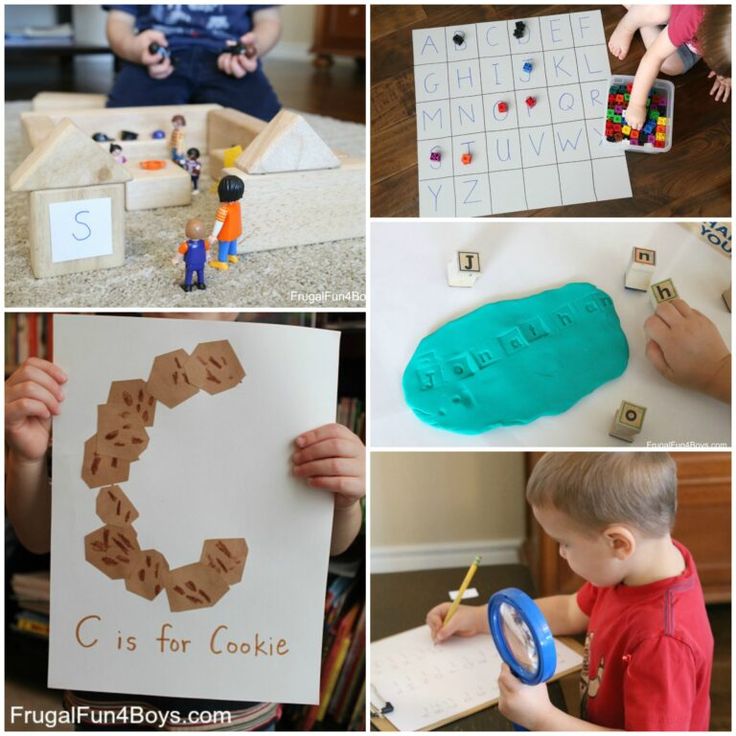 Flashcards Parts of the human body
Flashcards Parts of the human body
2. Transport cards
3. Fruit cards
4. Vegetable cards
5. Learn Color cards
6. Furniture cards
7. Animals and what they eat cards
8. Clothes and Shoes cards
9. Cards Animals and Birds
10. Fruits and berries. Learning and coloring
11. Vegetables. Learning and coloring
12. Fruits and Berries (coloring cards)
13. Vegetables (coloring cards)
14. Unique books - Seasons
15. Insects cards
16. Dishes and Cutlery
17. Cards Game "What for What"
18. Cards Insects 2.
19. Educational Games with Clothespins
Household Skills
:
1. The child must be able to put on things independently (without fasteners).
2. The child must be able to cut paper with scissors.
3. The child must be able to use pencils, markers, pens, etc. Be able to draw circles, dots, lines.
4. The child should be able to trace and color pictures.
5. The child must know the basic rules of hygiene.
Practice aids:
1. Stencils for drawing
2. Paper fruits
3. Paper toys
4. Christmas tree applique
5. Juice box crafts
6. Hand flowers applique
making applications
8. DIY space machine
9. Cars with eyes
10. Book My House
11. Bus for little ponies
12. Palm Frame - for babies
13. Plasticine and beads
14. Applications from Buttons
15. Christmas tree from Cones with your own hands
16. Cheerful Chupa-Chups
Read also the article for Development of the Child.
Find out what a child should know and be able to do by age. Take advantage of the training aids offered by our website.
Child development calendar up to 1 year (by months)
Child from 1 to 2 years old
Child 2 to 3 years old
Child 4 to 5 years old
Child 5 to 7 years old
Our Partners - WORLDWIDE SHIPPING!
Main page
Subscribe to: Messages (Atom)
-
Hard and soft consonants
Use flashcards to teach your child to tell when consonants are soft and hard.
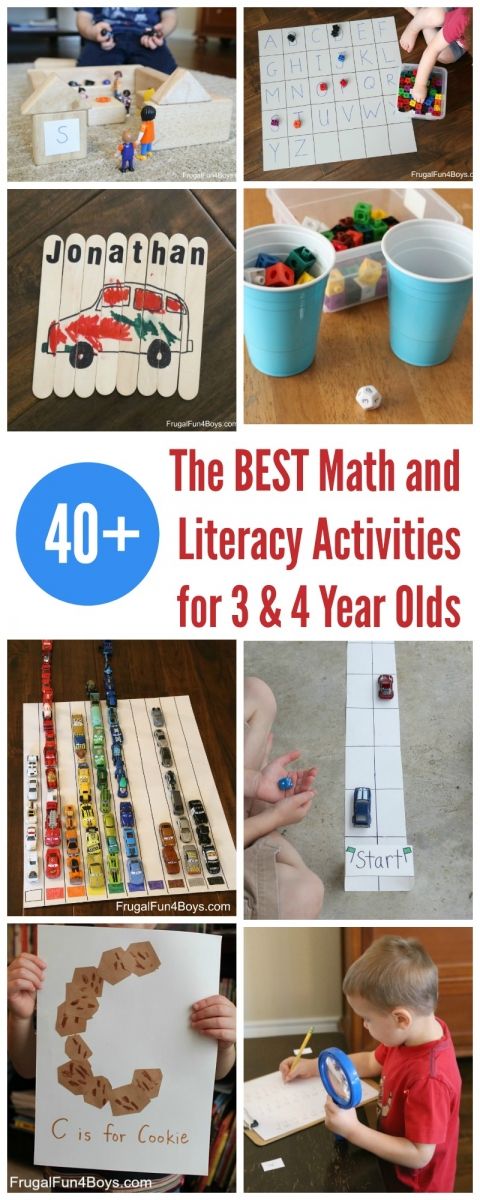 Blue - solid Green -
Blue - solid Green - -
Syllables. Making words from syllables
Syllables. Making words from syllables. Download free flashcards with letters and syllables. There are 20 cards in total. Letters and syllables for children. Cut...
-
Pictures with the image of Clothes and Shoes
Pictures with the image of everyday clothes and shoes, Clothes, Shoes, clothes cards, Shoes cards. Thematic cards "Clothes"
-
Russian Alphabet Color Cards
Russian Alphabet Colored Cards. Each card with a letter has a picture starting with that letter. With these cards you can ...
-
Developing Cards for Playing with Children
Today we will get acquainted with the original way of making educational cards for activities with children from 1 year old at no special cost. Interesting...
-
Connect the numbers and Color the picture
Learning numbers and counting with your child? How to fix the passed material? Consolidation of the material covered can be turned into an interesting and r.
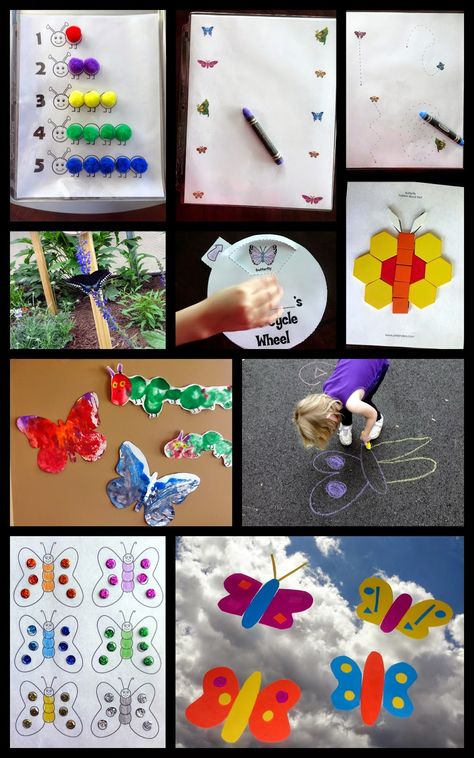
Learn more

